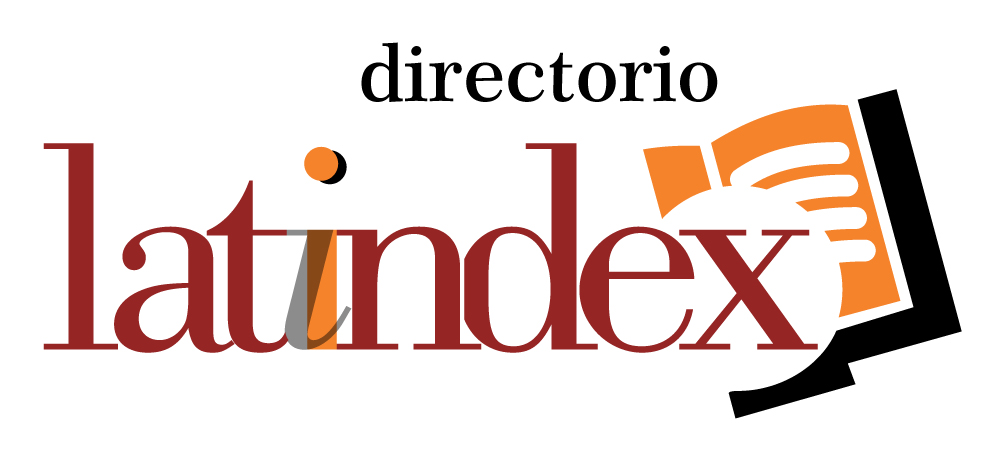Conceptual metaphor in children's language: a perspective from cognitive linguistics
DOI:
https://doi.org/10.71112/a3yw5879Keywords:
children's language, conceptual metaphor, cognitive linguistics, semantic development, early childhood educationAbstract
This article analyzes the use of conceptual metaphor in children's language from the perspective of cognitive linguistics. Based on the postulates of Lakoff and Johnson (1980), it is argued that children not only repeat metaphors from the adult environment but also construct their own metaphorical structures to understand the world. Through observations in preschool classrooms and recordings of children's spontaneous speech, metaphorical expressions related to emotions, the body, space, and social relationships are identified. Phrases such as "the sun is sad" or "my tummy is fighting" reveal that children project concrete experiences (body, movement, objects) onto abstract domains (emotions, time, internal states). These metaphors are not errors, but powerful cognitive tools for organizing experience. The study adopts a qualitative approach, with linguistic analysis of children's discourse corpora. It is concluded that conceptual metaphor is part of early semantic development, reinforcing both linguistic creativity and meaning construction. It is recommended that teachers recognize the expressive and cognitive value of these metaphors to promote language education that is sensitive to children's mental processes.
Downloads
References
REFERENCIAS
Bruner, J. S. (1990). Acts of meaning. Harvard University Press.
De la Hoz, M. R. (2018). Los valores y su incidencia en el lenguaje oral para una educación para la paz: Una propuesta desde el preescolar. Revista Cedotic, 3(1), 192–212.
De la Hoz, M. R. (2021). La interculturalidad y la enseñanza del inglés como segunda lengua en el preescolar. Revista Cedotic, 6(1), 90–121. DOI: https://doi.org/10.15648/cedotic.1.2021.2899
De la Hoz Pertuz, M. R. (2019). La lectura inicial: Ventana para acceder a mundos posibles. CEDOTIC Revista de Ciencias de la Educación, Docencia, Investigación y Tecnologías de la Información, 4(2), 52–74. DOI: https://doi.org/10.15648/cedotic.2.2019.2357
De la Hoz Pertuz, M. R. (2022). Transiciones armónicas: Un puente entre el aprestamiento y la educación preescolar. DOI: https://doi.org/10.26495/tzh.v14i2.2282
Gentner, D. (2001). Metaphor as structure mapping: The relational shift. Child Development, 72(3), 853–863. https://doi.org/10.1111/1467-8624.00337 DOI: https://doi.org/10.1111/1467-8624.00337
Kövecses, Z. (2010). Metaphor: A practical introduction (2nd ed.). Oxford University Press.
Lakoff, G., & Johnson, M. (1980). Metaphors we live by. University of Chicago Press.
Ospina, J. M., Jiménez, Á. M., & Betancourt, E. V. (2016). Influencia de la lactancia materna en la formación del vínculo y en el desarrollo psicomotor. Colección Académica Ciencias Sociales, 3(2), 1–10.
Rogoff, B. (2003). The cultural nature of human development. Oxford University Press.
Soto-Molina, J. E. (2017). The role of literature in the formation of intercultural awareness. International Journal of English and Literature (IJEL).
Soto-Molina, J. E. (2019). Las representaciones sociales, pensamiento sistémico y enfoque intercultural de la enseñanza de las lenguas. Entretextos: Revista de Estudios Interculturales desde Latinoamérica y el Caribe, 13(24), 45–55.
Soto-Molina, J. E., Garcia-Burgos, Á. R., & Garcia-Burgos, D. A. (2015). La formación ética intercultural en el contexto escolar colombiano y el modelo finlandés. EDUCARE ET COMUNICARE. Revista de Investigación de la Facultad de Humanidades, 3(1), 53–64. DOI: https://doi.org/10.35383/educare.v1i4.110
Tomasello, M. (2003). Constructing a language: A usage-based theory of language acquisition. Harvard University Press.
Vygotsky, L. S. (1978). Mind in society: The development of higher psychological processes. Harvard University Press.
Winner, E. (1988). The point of words: Children’s understanding of metaphor and irony. Harvard University Press.
Downloads
Published
Issue
Section
License
Copyright (c) 2025 Multidisciplinary Journal Epistemology of the Sciences

This work is licensed under a Creative Commons Attribution 4.0 International License.








